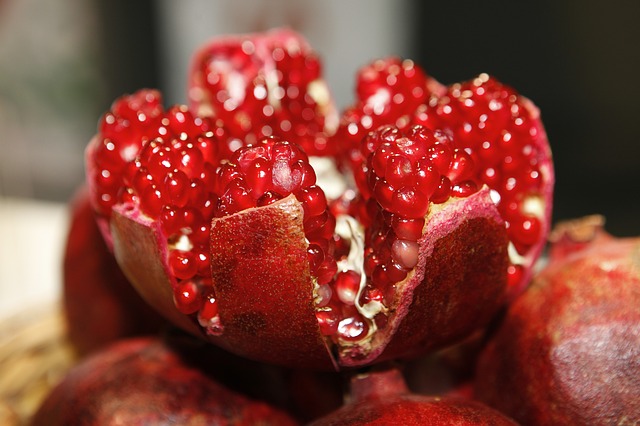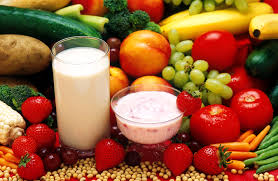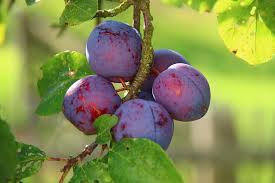
by admin | Jan 7, 2015 | Natural Facts
The pomegranate is one of the oldest fruits in recorded history. Native to the area of modern-day Iran and Iraq, the pomegranate has been cultivated since ancient times and has spread through the world. The fruit is about the size of an orange, with a rind ranging...

by admin | Jan 7, 2015 | Stress Relief
One of the biggest stressors for most people is time. We simply don’t feel we have enough of it. In fact, most of us do have enough time — we are just not using it in a savvy way. We either waste it or allow others around us to waste our time. Time management...

by admin | Jan 6, 2015 | Natural Facts
Introduction: Whey protein ingestion has been shown to reduce feelings of hunger and promote satiety making it a valuable aid in weight loss programs. Whey protein during weight loss has also been shown to preserve lean body mass. One of the best strategies for...

by admin | Dec 30, 2014 | Natural Facts
I absolutely love this time of year. It allows me to fully examine my life and, of course, assess if I achieved the goals that I set for the previous year. I began 2015 with seven resolutions and am happy to report that I kept every one of them. Honestly, I think it...

by admin | Dec 23, 2014 | Natural Facts
Introduction Prunes (dried plums) are most popularly used for their laxative effects, but a growing body of research indicates that prunes offer significant benefits to bone health. In a 2001 study, prunes were shown to help offset women’s significantly increased risk...








